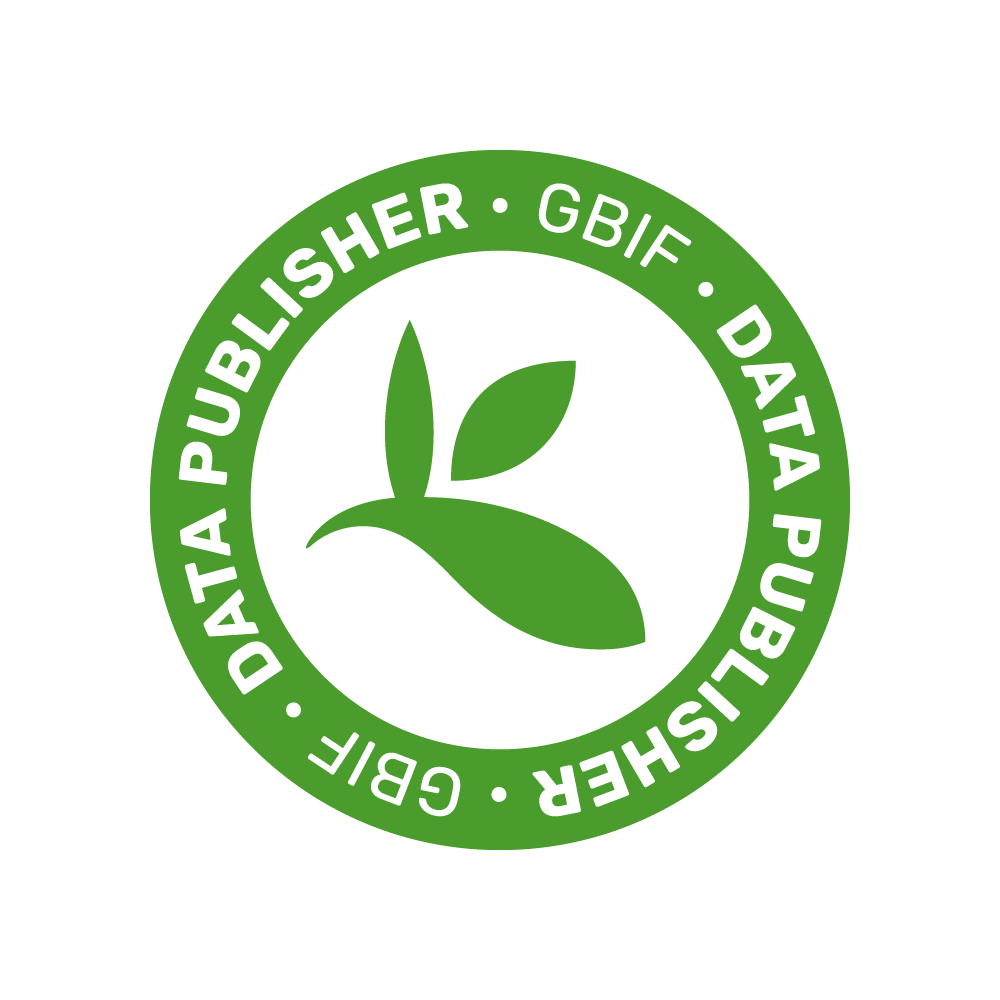|
Description
|
The beta amyloid peptide (Aï¢) has been considered as the main pathological hallmark of Alzheimer’s disease, however there is growing evidence that this peptide might play an important neurophysiological role mainly through modulation of synaptic plasticity processes. This peptide exert its function via changes in the picomolar range of its endogenous concentration. Therefore, the mechanisms involved in the production and clearance of Aï¢ï€Â are crucial for keeping its actions restricted to the physiological and not to the pathological function. Acylpeptide hydrolase (ACPH) is a serine protease with exopeptidase activity against short peptides bearing an acetylated N-terminus and endopeptidase activities against oxidized proteins. ACPH has been related to clearance of monomers, dimers and trimers of Aï¢1-40. Previous work from our laboratory demonstrated that inhibition of ACPH, using low doses of the anticholinesterase drug dichlorvos (DDVP), enhanced long-term potentiation (LTP), a cellular model of synaptic plasticity and learning, in the hippocampus of young and aged rats. Interestingly, this effect was observed at doses inhibiting ACPH without affecting acetylcholinesterase activity and, at least in young rats, was concomitant with an increase in the endogenous Aï¢1-40 levels in the picomolar range. Therefore, studies about the profile of ACPH inhibition and its correlation with synaptic plasticity and memory enhancements are necessary because ACPH may be considered a pharmacological target acting through a new pharmacodynamic mechanism involving the modulation of endogenous Aï¢ï€Â concentrations. The specific aims of the proposal are: • Determine the optimal inhibition window for ACPH that improves synaptic plasticity and memory in young and aged animals. • Determine whether changes in synaptic plasticity and memory obtained upon ACPH inhibition are related to changes in the endogenous concentrations of Aï¢ï€Â during ontogeny |




